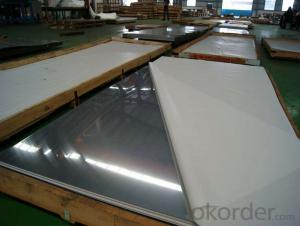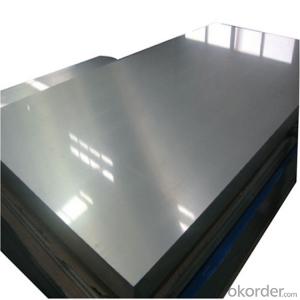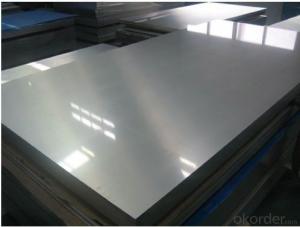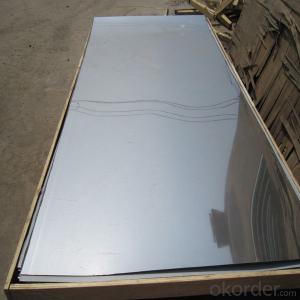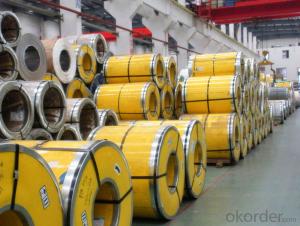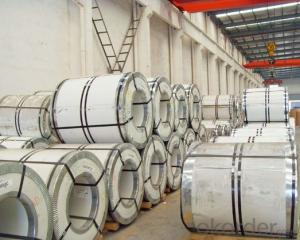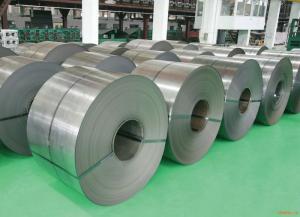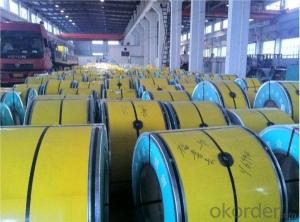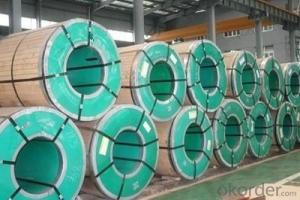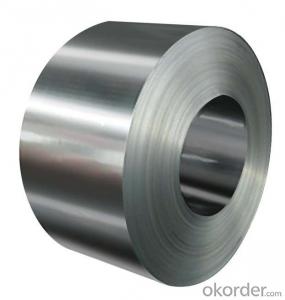Stainless Steel Divided Plate
Stainless Steel Divided Plate Related Searches
Best Paint For Stainless Steel Blanket Insulation For Steel Buildings Primer For Galvanized Steel Foam Filter For Stainless Steel H S Code For Stainless Steel Surface Grinding Wheels For Stainless Steel Surface Grinding Wheels For Hardened Steel Hole Saw For Stainless Steel Paint For Stainless Steel Stainless Steel For BbqHot Searches
Steel Mesh Panels For Sale Price For Stainless Steel Scrap Scrap Price For Stainless Steel Price For Stainless Steel Stainless Steel Tank For Sale Stainless Steel Sheets For Sale Cheap High Tea Sets For Sale Stainless Steel Tanks For Sale Stainless Steel For Sale High Density Fiberboard For Sale Solar Hot Water Collectors For Sale Scaffolding For Sale In Uae Scaffolding For Sale In Ireland Scaffolding For Sale In Houston Type Of Inverter For Solar Price Of Shipping Containers For Sale Types Of Inverter For Solar Stock Price For Aluminum Used Solar Inverter For Sale Steel Mesh Panels For SaleStainless Steel Divided Plate Supplier & Manufacturer from China
Okorder.com is a professional Stainless Steel Divided Plate supplier & manufacturer, offers integrated one-stop services including real-time quoting and online cargo tracking. We are funded by CNBM Group, a Fortune 500 enterprise and the largest Stainless Steel Divided Plate firm in China.Hot Products
FAQ
- Certainly, the petrochemical industry finds stainless steel strips to be a valuable asset. The exceptional corrosion resistance of stainless steel renders it suitable for a wide range of applications in this sector. Given that petrochemical processes often involve the manipulation of various corrosive chemicals, gases, and liquids, stainless steel strips are frequently employed in the construction of storage tanks, pipelines, heat exchangers, and other necessary equipment. The indispensability of corrosion resistance in these structures cannot be overstated. Moreover, the high strength and durability of stainless steel endow it with the ability to withstand the demanding conditions of the petrochemical industry, including high temperatures and pressures. Consequently, it is safe to conclude that stainless steel strips are the preferred material in the petrochemical sector due to their corrosion resistance, strength, and longevity.
- To remove scratches from stainless steel strips, you can start by cleaning the surface with a mild detergent and soft cloth to remove any dirt or debris. For minor scratches, you can try using a non-abrasive stainless steel cleaner or a mixture of baking soda and water to gently buff the affected area. Rub the cleaner or paste in the direction of the grain using a soft cloth or sponge. For deeper scratches, you may need to use a fine grit sandpaper or stainless steel scratch removal kit, following the manufacturer's instructions. Remember to always test any cleaning or polishing product on a small, inconspicuous area first to avoid further damage.
- Yes, stainless steel strips are highly resistant to pitting and crevice corrosion due to their composition and protective oxide layer.
- Yes, stainless steel strips are suitable for electrical enclosures. Stainless steel is known for its corrosion resistance, durability, and excellent mechanical properties, making it an ideal material for protecting electrical components from external factors such as moisture, dust, and physical impacts. Additionally, stainless steel's high thermal conductivity allows for effective heat dissipation, ensuring the safe operation of electrical equipment inside the enclosure.
- Yes, stainless steel strips do require special handling and storage to maintain their quality and prevent damage. Here are some key considerations: 1. Handling: Stainless steel strips should be handled with care to avoid scratches, dents, or other forms of physical damage. It is recommended to use gloves and protective equipment to prevent any contamination from oils, dirt, or fingerprints. 2. Storage: Stainless steel strips should be stored in a clean, dry, and well-ventilated area to prevent corrosion. They should be kept away from moisture, chemicals, and any other substances that could cause damage. Ideally, the storage location should have a controlled temperature and humidity level. 3. Protection: To ensure the longevity of stainless steel strips, they should be protected from contact with other metals or abrasive materials. Storing them separately or using appropriate packaging, such as plastic or paper interleaved between the strips, can help prevent scratches or other damages. 4. Handling equipment: When moving or transporting stainless steel strips, it is advisable to use equipment specifically designed for handling metal products. This can include lifting devices, slings, or clamps that ensure proper support and avoid any bending or deformation of the strips. 5. Regular inspection: Regularly inspecting stainless steel strips for any signs of damage, corrosion, or deterioration is essential. Any issues should be addressed promptly to prevent further degradation and maintain the quality of the strips. By following these guidelines, stainless steel strips can be stored and handled properly, ensuring their integrity and allowing for their successful application in various industries.
- Indeed, 111 stainless steel strips prove to be excellent for welding purposes. Boasting a ferritic stainless steel grade, stainless steel 111 boasts elevated chromium levels and reduced nickel content. Such a composition endows it with remarkable resistance against corrosion and oxidation, rendering it ideal for diverse welding applications. To guarantee adequate weldability and achieve the desired strength and durability in welded joints, employing the appropriate welding technique and filler material is of utmost importance. Consequently, it is highly advisable to seek advice from welding experts or adhere to the manufacturer's instructions pertaining to the precise variant of stainless steel employed.
- Indeed, the food packaging industry can employ stainless steel strips. Given its superior corrosion resistance, durability, and hygienic attributes, stainless steel stands as a favored material choice for food packaging. Its non-reactivity with food guarantees an absence of product contamination or alteration during the packaging process. Frequently, stainless steel strips find use in fabricating food packaging containers, trays, and lids, serving to ensure a robust and tight seal that thwarts any leakage or spoilage. Moreover, stainless steel's easy cleaning and maintenance make it an appropriate option for meeting the stringent hygiene standards mandated by the food industry.
- The factors that can affect the hardness of 111 stainless steel strips include the composition of the steel, the heat treatment process used, the amount of cold work or deformation applied, the presence of impurities or alloying elements, and the cooling rate during solidification and heat treatment. Additionally, the grain size and microstructure of the steel can also influence its hardness.





















